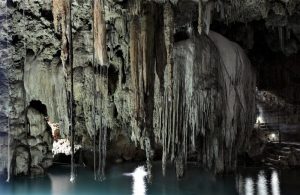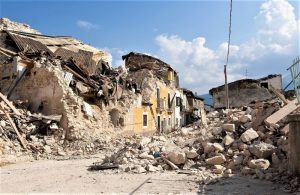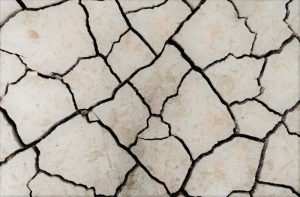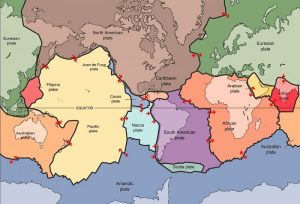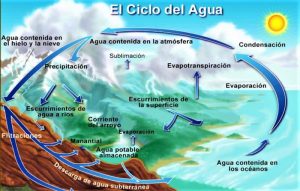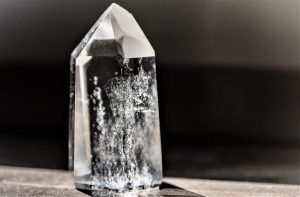Stalactites
Stalactites are structures formed by mineral deposits hanging from caves. These formations rest firmly on the roof of these caves and hang from them. They are forms that have been elaborated with time, through the waters that infiltrate the caves, because the water dissolves the calcium carbonate in the sedimentary rocks and manages to filter through the different cracks in the caves.
What are stalactites?
Stalactites are a series of calcareous formations that have irregular structures ending in a tip. These elongated rocks are shaped by the effect of water hanging from the roof of the caves.
How they are formed
Stalactites are calcareous formations that are formed little by little through infiltration waters. When underground movements occur, the water dissolves the calcium carbonate in the sedimentary rocks and manages to filter through the cracks in the vaults of the caves.
When they come into contact with air and carbonic gas, they give rise to a precipitate that manages to sediment and solidify, and then hang from the cave. The thicker stalactites found in most cavities are also formed when the flow of water travels through the central channel and the water circulates through the outer walls.
Water entering through a fissure flows into an air duct. The drop precipitates the calcium carbonate, generating the growth of a hollow cylindrical formation of little thickness, in which the water continues circulating in its interior. This type of growth is called primary, while secondary growth occurs on the sides, which makes the stalactite thicker.
Where they are located
Stalactites can be found in caves located in different parts of the world, varying in size and formation. In addition to the caves, they can also be formed within any cavity whether natural or artificial that have water contributions with minerals. It is for this reason, that they can be found in old volcanic tubes or old mines.
Characteristics
The main characteristics of stalactites are as follows:
- Stalactites can reach different lengths.
- They are formed as a result of the mineral deposits that the filtered water has.
- In its center, we find a conduit through which continues flowing water that is full of minerals.
- At the tip of the stalactites, the water continues to drip and falls to the ground where the accumulation of precipitates has the ability to form other spellings called stalagmites.
- They have a hollow part in the center that is the place where the water drips.
- They can come to have different shapes but are found mainly those that have conical and tubular
Ice stalactites
In the poles you can see how some of them are formed. Salt ice stalactite, or “brine icicle“, is a phenomenon that occurs naturally during polar winters, when temperatures drop below -18 °C while water remains at a relatively high temperature of –2 °C.
Warm sea water flows upwards in the surface ice, while the water cools, the saltier water is drained and sinks back into the sea. When it descends it freezes the water around it and if conditions are right it can reach the bottom of the sea.
Salt stalactites
The type of stalactite formed by salt is considered to be one of the smallest formations, due to the crystallization of the salts.
Volcanic stalactites
This type of stalactite is formed in the lava tubes, while the lava is still active inside. Lava stalactites form very quickly in a matter of hours, days, or weeks, while limestone stalactites can take up to thousands of years. Once lava has stopped flowing, stalactites will stop growing. This means that if the stalactite broke, it would never grow back.
Like limestone stalactites, they can leave lava droplets in the soil that become lava stalagmites and can eventually merge with the corresponding stalactite to form a column.
Caves with stalactites by country
Mexico
- Tolantongo Caves, Hidalgo
- Caves of the Star
- Caves of Cacahuamilpa
- Loltún Caves
- Secret River
- Rosario Caves
Spain
- Cave of Valporquero
- Eagle Caves
- Grotto of the Wonders
- El Soplao Cave
- Drach Caves
- Water Jameos
Argentina
- Wanda Mines
- Hands Caves
- Wayra Caves
- The Virgin of Lourdes Grotto
- Temple Cavern
How to cite this article?
Briceño V., Gabriela. (2019). Stalactites. Recovered on 23 February, 2024, de Euston96: https://www.euston96.com/en/stalactites/
